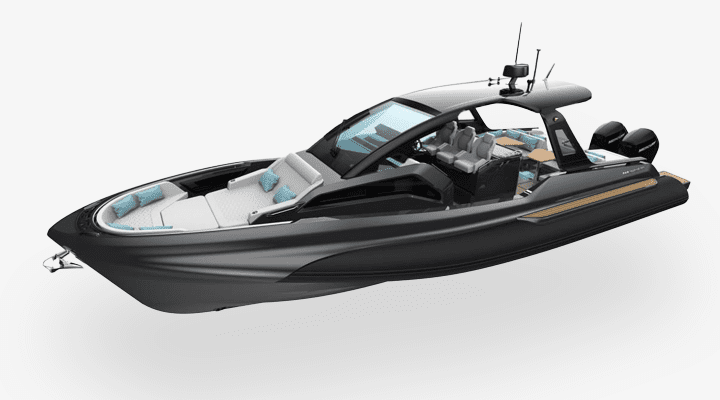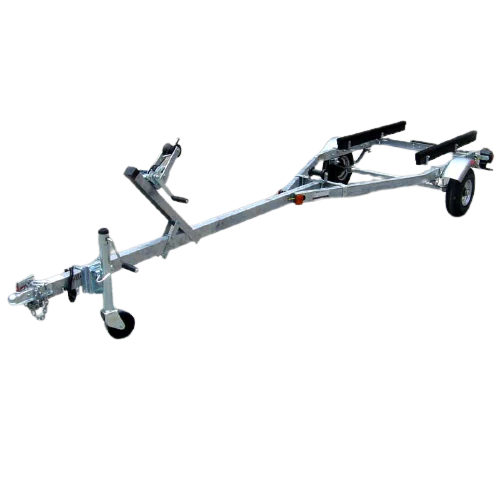Stand up paddle boarding, or SUP for short is a very popular water sport and leisurely activity all around the world. It’s a fun and relaxing way to explore the outdoors and get a great workout at the same time. SUP can be done by people of all ages and fitness levels, and it’s a great way to enjoy the water while also improving your balance, core strength, and overall fitness.
Due to the increase of SUP boards in Malta, we get asked many of the same questions over and over again so we decided to list them down in this blog post. We will also be providing tips and tricks that we have learnt over the last 20 years of selling inflatable SUP boards.As you may know, we sell SUP boards from top brands Aqua Marina and Spinera. The following discussion is good for all iSUP brands.

Single Layer vs Double Layer Technology (DLT)
SUPs can be either made from single layer or double layer technology. For example, the Spinera Let’s Paddle series are all single layer, whereas the SUPVenture series are double layer.
Double Layer Technology (DLT) is the premium construction we use on our specialised boards which are much stiffer and more durable. It involves fusing a second layer of hard-wearing reinforced PVC to the Double Wall Fabric drop stitch core at the raw material stage, rather than hand gluing it. The high-tech industrial process could reduce 20%-25% in board weight by saving glue while making the boards stiffer. The disadvantage is that DLT is more expensive than single layer boards for reasons explained above.
Rider Weight vs Max Capacity
Arguably the most important thing when buying your SUP board is to buy the right SUP for you! We always guide our customers at our shop, however when buying online it can be quite tricky with all the different weight recommendations and SUP models available. First of all, the most important feature is how much weight the SUP can take and still perform well on the sea. This is read on the specifications on each SUP, however the confusion starts when different brands refer to Rider Weight or Max Capacity. These do not mean the same thing!
The recommended rider weight as found on Spinera specifications is an indication of the actual weight which the SUP can take and perform optimally on the sea. For example the Spinera SUPVenture 10 has a recommended rider weight of 95kg. This means that a person under 95kg will have the best experience on this board. Different boards have different recommended maximum rider weights, for example the Spinera SUPVenture 12 has a maximum recommended rider weight of 140kg. This means that the 12 foot version can cater for heavier paddlers. It also means that a person weighing 80kg will feel this board more stable than other smaller boards. The general rule is: The higher the maximum recommended rider weight, the more stable the SUP will be.
On the other hand, Aqua Marina do not provide the rider weight but only the maximum capacity of the boards. These values do not mean the same thing! For example, the Aqua Marina Magma has a maximum payload of 150kg. This does not mean that it can take a rider of 140kg. To convert maximum payload to rider wight we usually divide by 1.5. Therefore the recommended max. rider wight for this board is 100kg! (150/1.5 = 100kg)
How much should I inflate the SUP?
Each SUP has a recommended maximum pressure which is usually 15 PSI. The maximum we recommend inflating to is 14PSI. In temperatures over 25 degrees Celcius, we recommend inflating the SUP between 80% to 90% of the max pressure. This amounts to 12-13PSI. This is because the air pressure will increase naturally due to the heat.
How should I store my board?
- Remove fins before you store your board.
- Completely dry your board BEFORE you store it.
- Don’t store your inflatable board in direct sunlight. This will result in deterioration in the long run and shorten the life of your board. UV radiation is harsh and can particularly damage PVC when exposed repeatedly day after day.
- Store your inflatable board in the right temperature range. Anywhere between 5-30 degrees Celsius is recommended. Again, inflatable SUPs are durable, but extreme conditions aren’t ideal for any sporting equipment. Avoid freezing cold or baking hot conditions.
- You can store your board both deflated or inflated, whichever suits your space.
- When the board is stored inflated, resist the temptation to stack things or place heavy objects on it. This could cause a divot or impact the rocker of your board over time. Also, if you’re storing your board inflated for the long-term, it’s best to release a few PSI just in case your storage area gets too warm. That helps to prevent any damage to the board from the air inside expanding beyond the desired PSI.
- If you store your board deflated, keep it lying flat. When storing your board deflated, it’s a great idea to use your board bag to protect it from abrasions. Make sure it’s rolled or folded loosely. Then store your board in it’s backpack so it’s laying on its side rather than upright or standing on the edges of the board where pressure points could form.
Can I leave my board inflated in the sun or overnight?
No. Do not leave your board under direct sunlight as this may cause over-inflation. Please keep the board under shade when not in use with a working pressure NO MORE THAN 60%-70% of the maximum air pressure, or leave your board in a cool dry place. Remember to check the air pressure before and after use, and deflate your board when necessary.
How do I take care of my inflatable board? How do I maintain my board?
Taking care of your board is pretty easy with regular maintenance. Here are some handy tips that will ensure your gear lasts longer.
– Cleaning: Clean the board after each use with freshwater and mild soap.
– Keep it dry: Dry the board off after each use and before storing to avoid mould damage.
– Avoid direct sunlight: Keep the board away from direct sunlight and keep under shade when not in use with a working pressure less than 60%-70% of the max. air pressure.
– Don’t use an air compressor: You can easily over-inflate the board by using an air compressor and void the warranty.
– No dragging: Sharp debris can puncture your board.
– Use it frequently: Long-term storage can cause glue bonds to disintegrate.
– Store at room temperature: Keep the boards sheltered away from high temperature and humidity, with room temperature between 0℃ and 40℃.
– Regular maintenance: Regularly check for cracks, scrapes, or any other issues and repair if necessary.
What to do if the Valve has loosened and leaking air?
Please use the supplied valve spanner to tighten the valve. The valve is a service point that must be tightened before first use and several times during the season to ensure 100% tightness.

Watch this video for more details.
There is a bubble at the back of my SUP, is this normal?
The bubble on the back end of the SUP’s is completely normal and results due to the insertion of the valve in the manufacturing process. When inserting the valve in the manufacturing process, the drop stitch threads must be taken out of this area to allow the valve to fit adequately. This results in the bubble on the back side. The bubble has no effect on the ride or glide characteristics and is present on every SUP.
Buying your own SUP
Based on the above information you should have a clearer idea of what to expect when you buy your new SUP. Get in touch with us or visit our shop so we can assist you further! We offer a 2 year warranty on all our products. It is very important to check that who you are buying your SUP from honours the warranty and can repair any issues which arise.
If you have any other questions please leave a comment below!











































